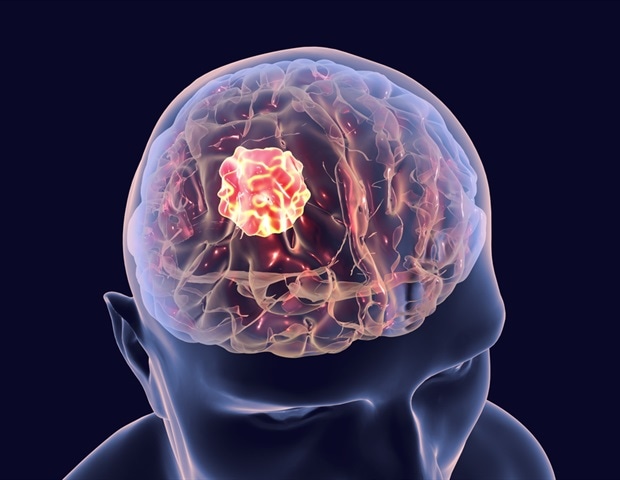
Blocking brain damage triggered by glioblastoma, an aggressive form of brain cancer, could potentially slow tumor growth and preserve brain function for longer, according to a groundbreaking study led by researchers at University College London (UCL). The findings, published in the journal Nature, suggest that interfering with the brain’s natural response to nerve cell damage might offer a new therapeutic pathway for this challenging disease.
The study, funded by the Brain Tumor Charity and Cancer Research UK, focused on glioblastomas in mice. It revealed that early-stage tumors damage parts of nerve cells known as axons. The brain’s response to this injury, which involves breaking down and clearing away damaged axons, was found to inadvertently accelerate tumor growth. Mice in which this natural response was inhibited developed less aggressive tumors, lived longer, and maintained better brain function compared to those with an active response to nerve damage.
Understanding Glioblastoma’s Aggressive Nature
Glioblastomas are the most common type of brain cancer, diagnosed in approximately 3,000 people annually in the UK. These tumors originate from normal brain cells that undergo pathological mutations. Despite the best available treatments, which typically include surgery, chemotherapy, and radiotherapy, the average survival time post-diagnosis is only 12 to 18 months.
The UCL study aimed to explore the early stages of glioblastoma development, a phase not well understood due to the advanced state at which these tumors are usually diagnosed. Researchers utilized genetically modified mice to simulate human-like glioblastomas, allowing them to observe the disease’s progression from its inception.
New Insights into Tumor Growth Mechanisms
The research team discovered that glioblastomas preferentially expand in the brain’s white matter, areas rich in axons. The tumors compress and damage these axons, triggering a process known as Wallerian degeneration. This process, mediated by the protein SARM1, breaks down damaged axons by destroying their energy source, a molecule called NAD⁺. This degeneration coincides with increased inflammation and more aggressive tumor behavior, suggesting that the brain’s injury response may fuel tumor growth.
“Our study reveals a new way that we could potentially delay or even prevent glioblastomas from progressing to a more advanced state,” said Professor Simona Parrinello, senior author and researcher at the UCL Cancer Institute.
Drugs targeting SARM1, currently in development for neurodegenerative conditions like traumatic brain injury and motor neuron disease, may offer a promising avenue for glioblastoma treatment. However, more laboratory work is needed before these inhibitors can be tested in patients with glioblastoma.
Implications for Future Treatment Strategies
This research opens new investigative pathways linking brain cancer and neurodegeneration, paving the way for treatment strategies focused on early intervention. By preventing the brain’s response to injury, tumors might be kept in a less aggressive state, potentially improving patient outcomes.
“Our findings show that there is an early stage of this disease that we might be able to treat more effectively,” noted Mr. Ciaran Hill, senior co-author and consultant neurosurgeon at UCLH.
The study has garnered attention from various stakeholders, including Gigi Perry-Hilsdon, Chair of The Oli Hilsdon Foundation. The foundation, which funds glioblastoma research in memory of Oli Hilsdon, has been a key supporter of this pioneering work.
“We know all too well the devastating statistics that currently exist in relation to glioblastoma, alongside the urgent need for better treatments,” Perry-Hilsdon stated. “Her team’s unique approach to tackling this devastating disease at its early stages inspired us and gives hope that a breakthrough treatment is a possibility.”
Looking Ahead: The Path to Human Trials
While the study’s results are promising, they have so far only been demonstrated in mice. The next steps involve further laboratory research to validate these findings and explore the potential of SARM1 inhibitors in human trials. If successful, these treatments could not only extend life but also improve the quality of life for glioblastoma patients by preserving brain function longer.
“This fascinating research offers a fresh perspective on how glioblastomas grow and affect the brain,” said Tanya Hollands, research information manager at Cancer Research UK. “Uncovering how the brain’s response to damage may help fuel tumor growth opens a potential new avenue for treatment.”
The announcement comes at a crucial time, as current therapies for glioblastoma remain inadequate. By focusing on early intervention and leveraging insights from neurodegenerative disease research, scientists hope to develop more effective treatments for this aggressive cancer.






